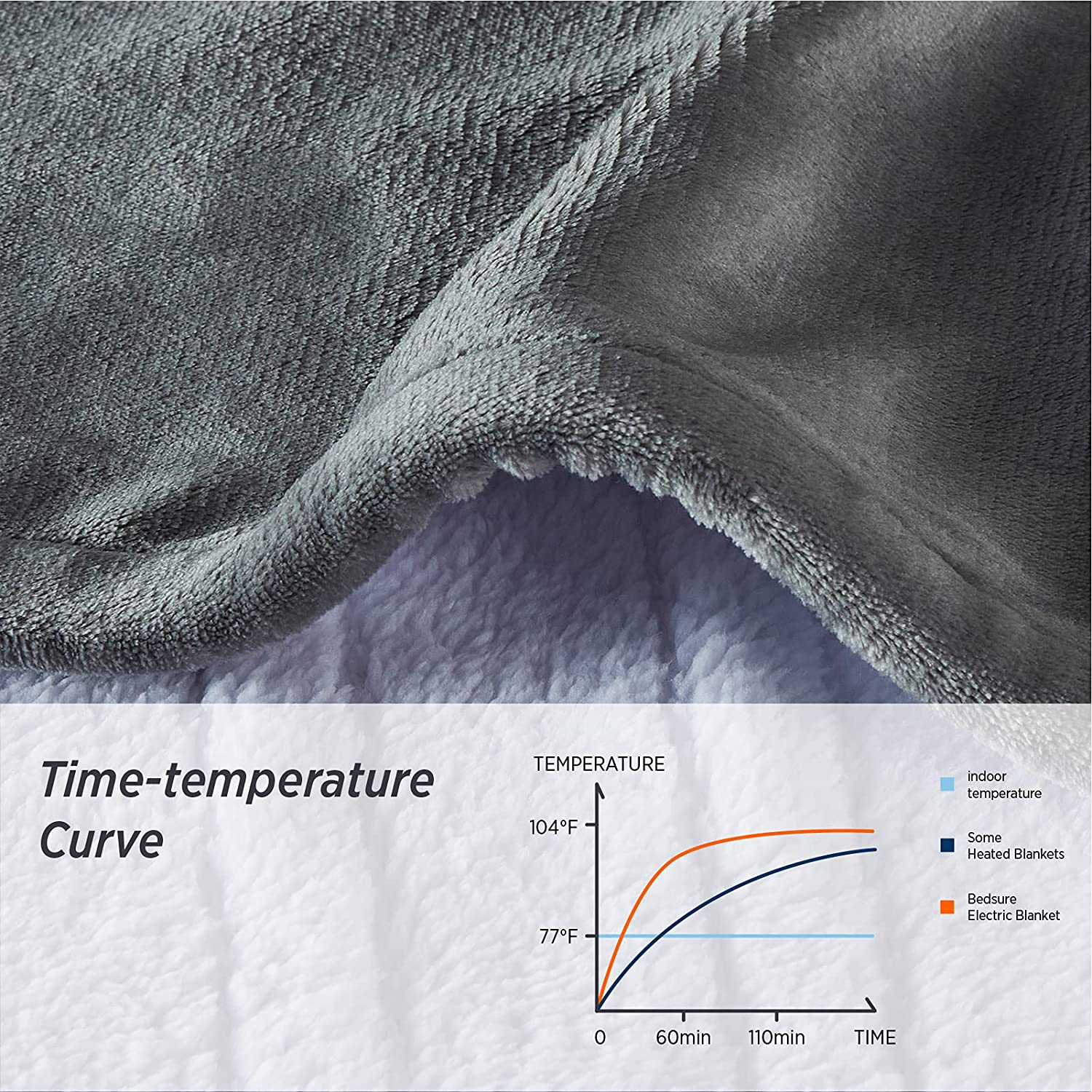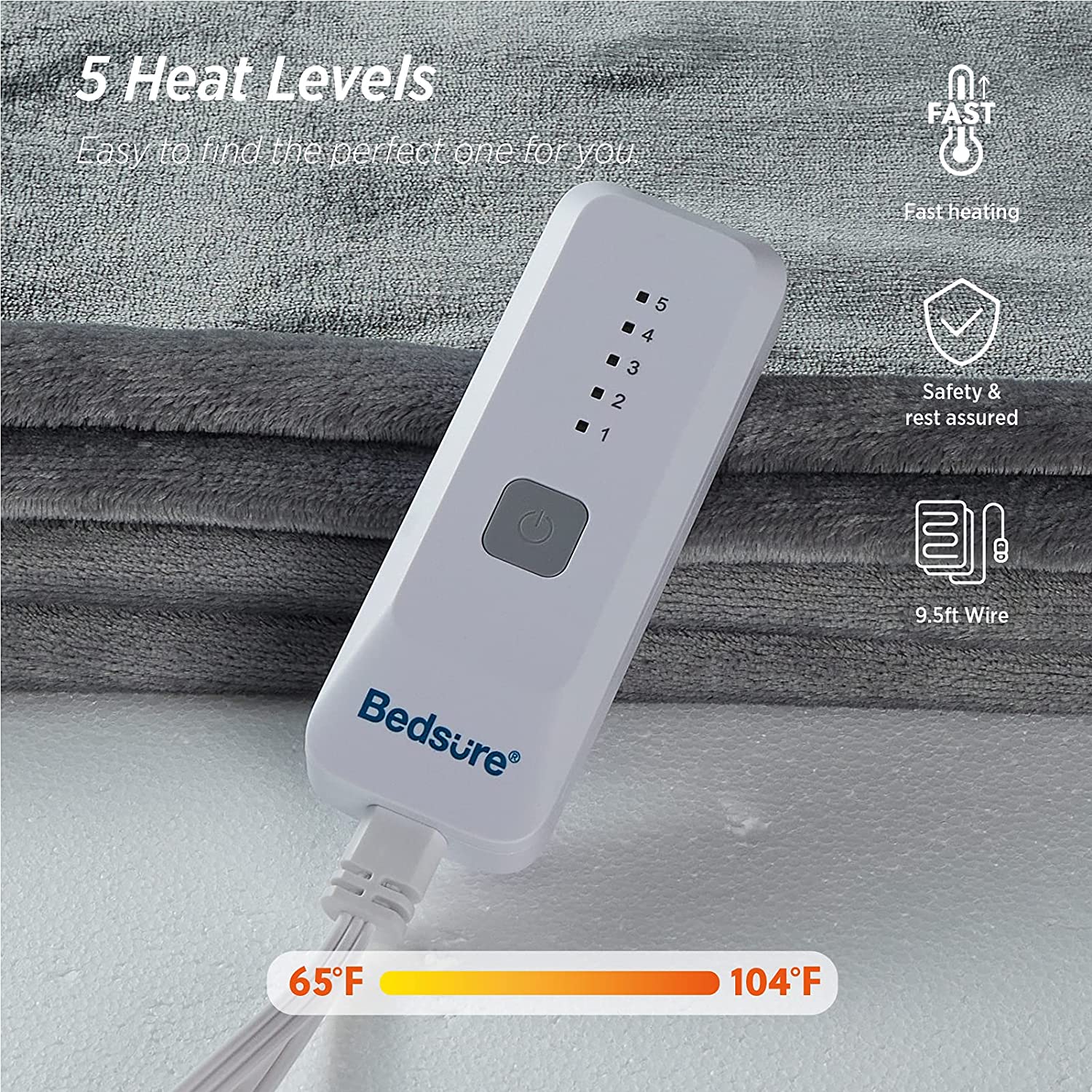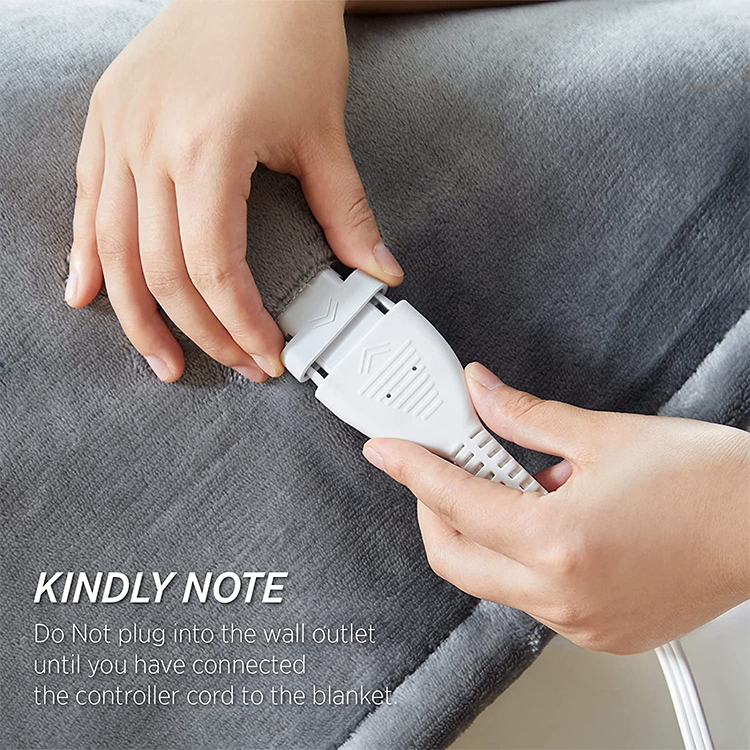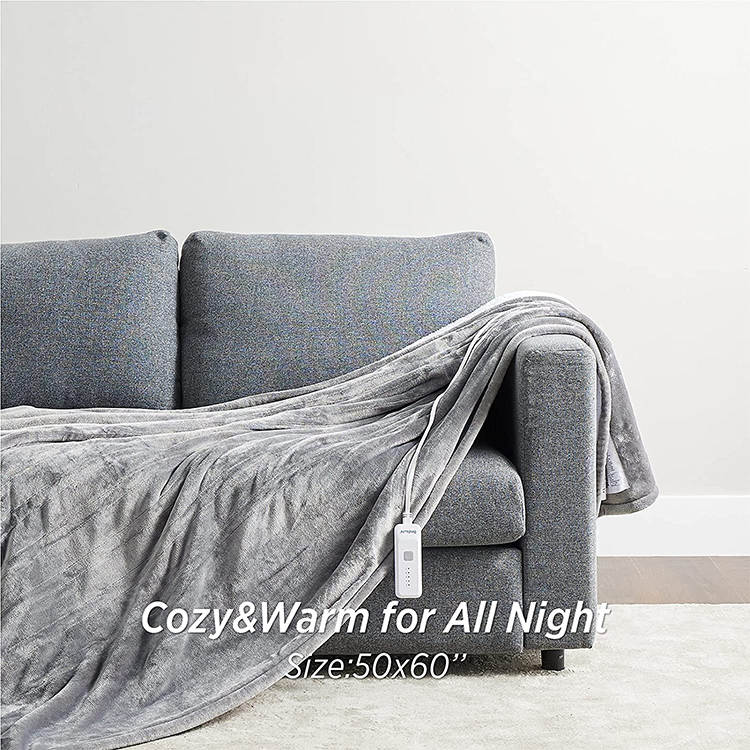Production Process of Electric Blankets
2024-04-08
Production Process of Electric Blankets
Introduction:
Electric blankets have become a popular choice for consumers looking to stay warm and cozy during the cold winter months. The combination of soft fabric and adjustable heat settings makes electric blankets a sought-after product in the market. The production process of electric blankets involves various stages, from designing and fabric selection to assembly and quality control. In this guide, we will delve into the detailed production process of electric blankets, highlighting key steps and considerations involved in manufacturing this essential winter accessory.
1. Design and Development:
The production process of electric blankets begins with the design and development phase. Designers work on creating sketches and specifications for the blanket, taking into account factors such as size, material, heating elements, and control mechanisms. They also consider safety standards and user-friendly features to ensure a high-quality end product. The design phase may involve prototyping and testing to refine the design before moving to the next stage.
2. Material Selection:
Once the design is finalized, the next step in the production process is selecting the materials for the electric blanket. The fabric chosen for the blanket should be soft, durable, and heat-resistant to provide comfort and safety to the user. Common materials used for electric blankets include fleece, polyester, and microfiber. In addition to the fabric, manufacturers also select high-quality heating elements, wiring, and control units to ensure efficient heating and reliable performance.
3. Heating Element Integration:
The heating element is a critical component of an electric blanket, responsible for generating heat and regulating temperature. In the production process, the heating element is integrated into the fabric layers of the blanket. Manufacturers use advanced technology to embed the heating wires or pads securely within the fabric, ensuring uniform heat distribution and minimizing the risk of overheating. The design of the heating element should be flexible and lightweight to maintain the blanket's softness and flexibility.
4. Assembly and Sewing:
Once the heating element is integrated into the fabric, the next step is assembling the various components of the electric blanket. Skilled workers sew the layers of fabric together, enclosing the heating element and creating pockets for the wiring and control unit. The assembly process requires precision and attention to detail to ensure that all components are securely fastened and the blanket's structure is intact. Quality control checks are conducted at this stage to detect any defects or irregularities in the assembly.
5. Control Mechanism Installation:
The control mechanism of an electric blanket allows users to adjust the heat settings and turn the blanket on and off. In the production process, the control unit is installed in a convenient location on the blanket, usually near the edge for easy accessibility. The wiring from the heating element is connected to the control unit, allowing the user to regulate the temperature with the press of a button. Manufacturers test the control mechanism to ensure that it functions correctly and responds effectively to user inputs.
6. Testing and Quality Control:
Before the electric blankets are ready for distribution, they undergo rigorous testing and quality control measures to ensure they meet safety and performance standards. Manufacturers conduct electrical tests to check for proper insulation and heating efficiency, as well as safety tests to verify that the blanket complies with industry regulations. Quality control inspectors inspect the blankets for defects, such as loose stitching or faulty wiring, and reject any products that do not meet the specified criteria.
Conclusion:
The production process of electric blankets involves a series of steps, from design and material selection to assembly and quality control, to produce a high-quality and safe product for consumers. Manufacturers pay attention to detail and adhere to strict standards to create electric blankets that provide warmth, comfort, and durability. By following the production process outlined in this guide, manufacturers can ensure the successful production of electric blankets that meet consumer expectations and contribute to a cozy and relaxing winter experience.







